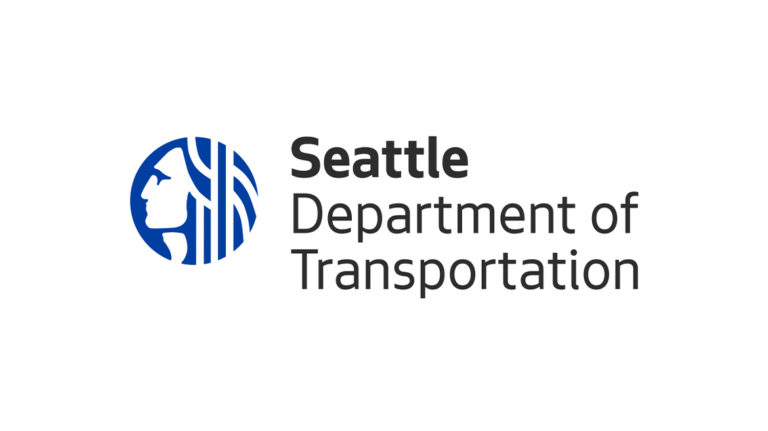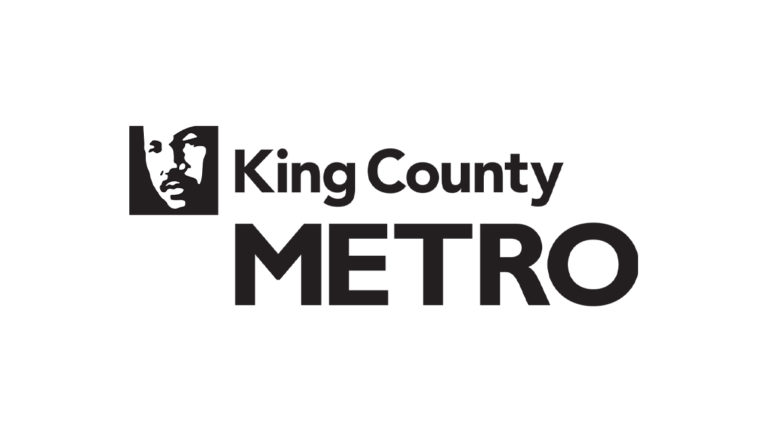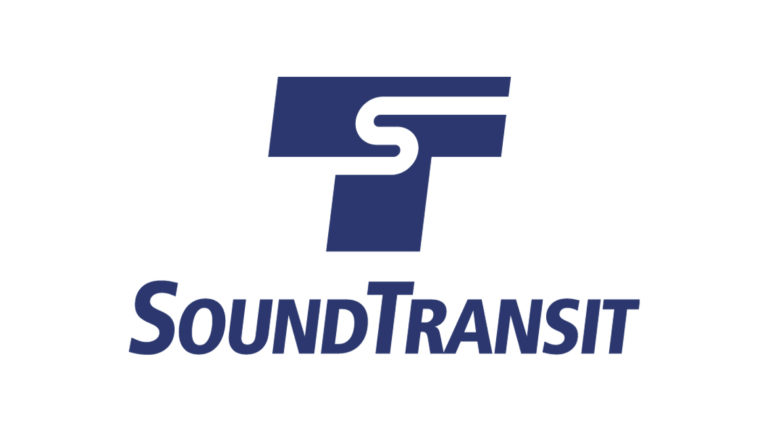
Issue
As drivers attempt to utilize Park & Ride facilities, they are often met with full parking lots which may cause them to drive to their final destination — increasing traffic, increasing negative environmental impacts, and decreasing funds going towards public transportation.
The previous group, Team EveREST, “aimed to use cutting edge technology (such as IoT, cloud computing, machine learning) to provide enhanced user experience for the commuters, analytical and decision-making capabilities to our sponsors, the democratization of data, reduce traffic congestion and carbon footprint; all of which would lead to a better environment and help convert the Puget Sound area into a smart city” (EZPark&Ride, 2020). They were able to successfully understand the technical details regarding how parking lot data could be used by commuters.
Spark
Following the recommendations provided by Team Everest in the Park & Ride Information System Design project, this graduate team from the iSchool tackled three key questions:
- What information related to parking would be valuable to share with users?
- How should the information be displayed so that it is effectively used by commuters?
- How would the information be integrated with preexisting GTFS standards?
Through the creation of a usability tested high fidelity prototype and a data standard, the team will help project sponsors begin evaluating the key features and design elements that will most effectively deliver key information about parking availability and reservations to their customers.
Overview
After conducting several usability studies, the team produced a high-resolution prototype that allowed users to view Park & Ride locations, details, and availability. If desired, there is also an option to create a personalized profile or purchase Park & Ride permits.
Users have the ability to add/view personal information embedded into their profile including saved payment information, ORCA card numbers, and previously used permits. They also have the option to favorite their preferred Park & Ride locations to quickly and easily check for available spots. Permit holders are also able to access and renew permits through the profile page.
Innovation
Since the General Transit Feed Specification (GTFS) is used to provide data on public transit for use in multi-modal journey planner applications, parking information has to follow the similar data standards. Metro/Sound Transit GTFS teams helped prioritize the needs and requirements of our sponsors and the organization they represent. The King County Metro team provided a wide range of possibilities that helped the team widen the data standard. Sound Transit provided guidance on the main issues within the scope of the project — ensuring that the data standard included fields that mainly supported Park & Ride parking spaces.
Materials
- View the presentation slides
- View the GTFS Data Standards
- Read the report
Impact
By having the ability to make a fully informed decision about which Park & Ride to use, it is anticipated that commuters will utilize less popular lots when their normal lot is full, thus increasing the use of Park & Rides and decreasing the environmental impact of individual commuters.
The data standard that was created will be utilized by future teams who will be able to collect the parking lot data using sensors. With this standard, the parking data will be integrated with third party platforms like Google and align with the common format for public transportation schedules and associated geographic information.
Team
This project was supported by mentorship and expertise from King County Metro, Sound Transit, and the Seattle Department of Transportation.
Academic Department
Faculty Leadership
Contributors
- Trisha Asar
- Allison Ford
- Patience Idegwu
- Prachi Sablani
- Betty Zegeye




